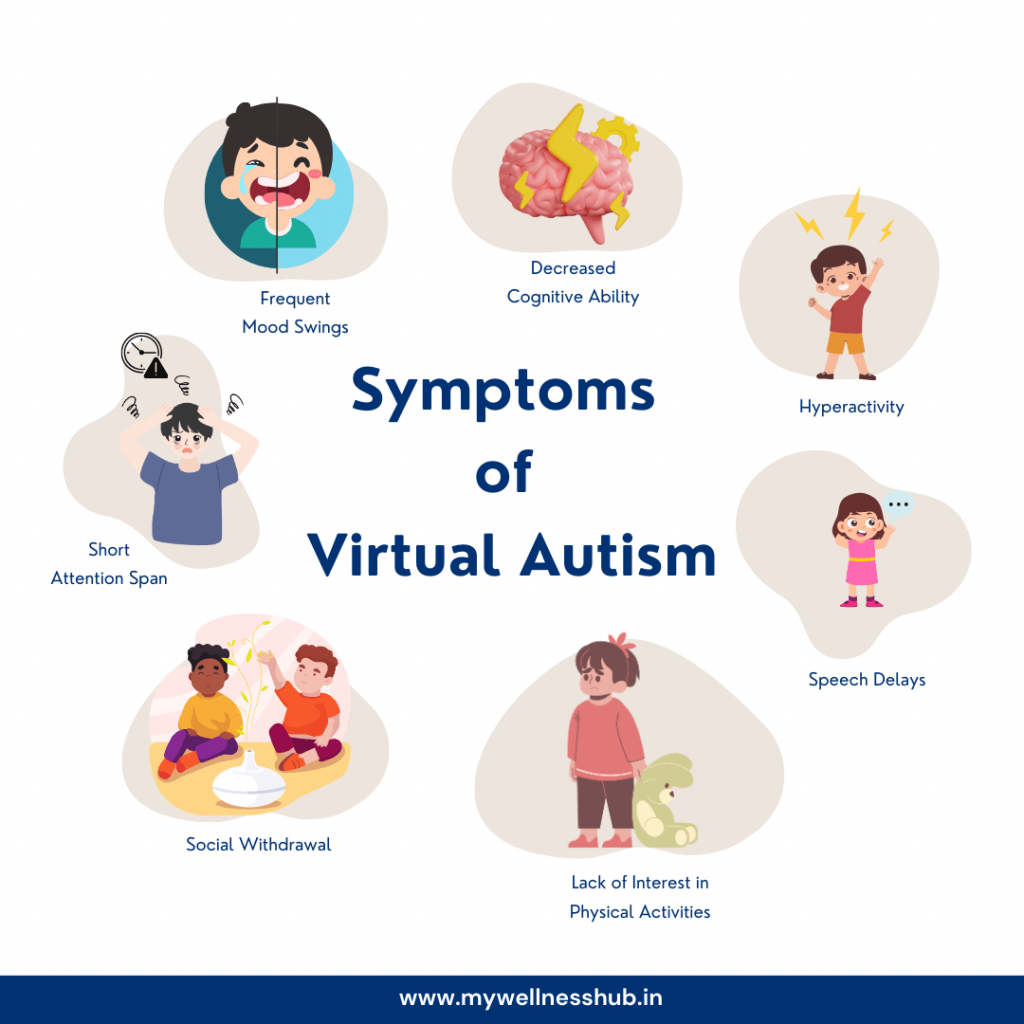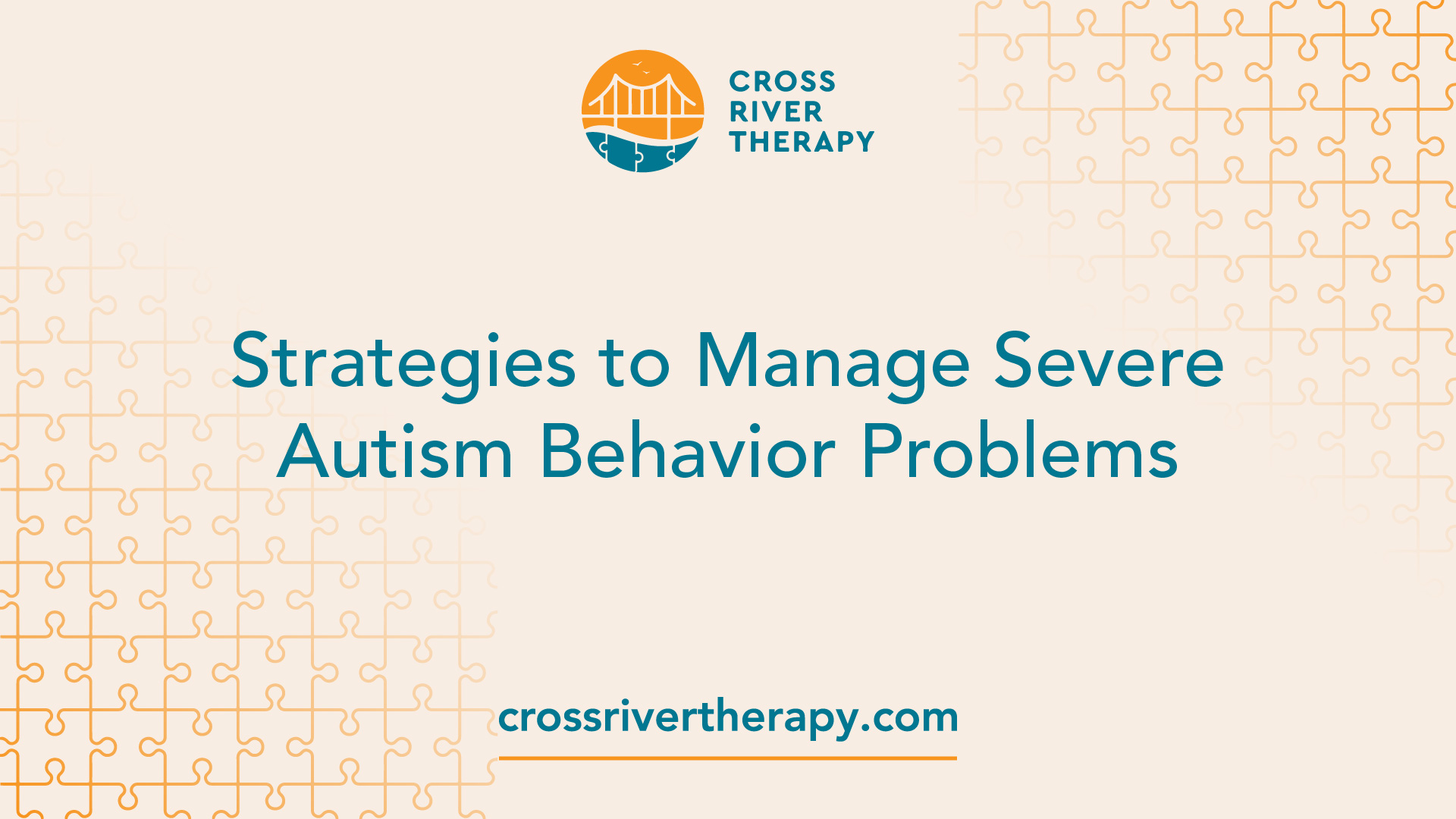Advantages of structured play guided by an Autism Therapist approach
Advantages of structured play guided by an Autism Therapist approach
Blog Article
Recognizing the Effect of Behavioral Autism on Day-to-day Live and Social Communications
You might not understand how deeply behavior autism affects day-to-day life and social interactions. Individuals on the spectrum usually navigate a globe filled with interaction difficulties and sensory overload. These difficulties can lead to disappointment and isolation, impacting their relationships and general well-being.
Defining Behavior Autism and Its Features
Behavior autism, usually described as autism range disorder (ASD), includes a series of conditions characterized by challenges in social interaction, interaction, and recurring behaviors. You may see that people with ASD typically battle to analyze social signs, which can result in misunderstandings in discussions. They may find it difficult to establish eye contact or involve in tiny talk, making social circumstances really feel frustrating.
Communication problems can manifest in various methods, from delayed speech development to a preference for using fewer words. By acknowledging these attributes, you can promote an environment that promotes approval and encourages efficient communication, aiding individuals with autism flourish in their everyday communications.
The Range of Autism: Understanding Variability in Behavior
Autism spectrum disorder (ASD) isn't a one-size-fits-all medical diagnosis; it varies widely among people. You may observe that some individuals with ASD display moderate symptoms, while others may deal with a lot more substantial challenges. This variability can show up in actions, passions, and sensory level of sensitivities. You may experience individuals that are extremely verbal and engage quickly in conversations, while others may choose singular activities or connect non-verbally.
Additionally, the means people with ASD react to sensory input can differ substantially; some could be overwhelmed by brilliant lights or loud noises, whereas others flourish in boosting atmospheres. The spectrum also consists of distinctions in social interactions; some individuals may struggle to analyze social cues, while others browse social setups with loved one ease. Comprehending this irregularity is necessary, as it helps you value each individual's unique experience and tailor assistance to their particular demands, fostering a more comprehensive setting for every person.
Communication Challenges Dealt With by People With Autism
When you engage with individuals on the autism spectrum, you may discover their unique communication challenges. They frequently encounter difficulties with both nonverbal and verbal hints, which can impact their social communications. Recognizing these barriers is essential for cultivating far better connections and assistance.

Verbal Communication Troubles
Several people on the autism spectrum experience verbal interaction difficulties that can significantly impact their day-to-day communications. You may locate it testing to reveal your ideas, sensations, or requires clearly. This can cause disappointment for both you and those around you, as misunderstandings take place. You might struggle with starting discussions, keeping a subject, or understanding nuances in speech. Frequently, you might favor utilizing easy language or repeated expressions, which can limit your capacity to participate in much deeper discussions. Your volume, speed, or tone may not line up with social expectations, causing others to misunderstand your intents. Identifying these difficulties can aid you and your support network develop techniques to improve interaction and promote far better connections with others in your day-to-day live.
Nonverbal Interaction Barriers
Verbal communication isn't the only challenge people on the autism spectrum face; nonverbal communication barriers can be simply as considerable. You may locate it difficult to interpret body language, face expressions, and eye call, which are important for reliable communication. These difficulties can bring about misconceptions or misconceptions of social cues, making interactions really feel confusing or frustrating. You may struggle to express your own feelings with nonverbal means, leaving others uncertain of your purposes or sensations. This separate can produce sensations of seclusion and irritation. Acknowledging these obstacles is vital for fostering understanding and empathy in your communications. By addressing nonverbal communication, you can locate methods to enhance your social experiences and improve your overall lifestyle.
Social Interaction Effects
Social interactions can frequently really feel overwhelming due to the unique communication obstacles faced by individuals with autism. Recognizing these challenges can aid you find methods to improve communication, such as practicing social abilities in risk-free settings or using visual help. Comprehending your needs enables you to navigate social interactions with higher confidence and ease.
Social Communication and Partnership Building in Autism
While structure connections can be challenging for people with autism, recognizing their distinct point of views and interaction styles can foster purposeful links. You might discover that several people on the range prefer direct communication and may battle with social cues or little talk. By being simple in your communications, you can help produce a setting where they really feel comfortable.
Make the effort to observe and pay attention exactly how they reveal themselves. This insight can lead you in guiding conversations better. Engaging in shared rate of interests can also act as a bridge to deeper links. Whether it's a pastime, a favored show, or a common passion, these common threads can open up doors to friendship.
Day-to-day Live Regimen: Navigating Challenges and Approaches
Navigating day-to-day life routines can be especially testing for individuals with autism, particularly when unexpected adjustments take place. To browse these obstacles, take into consideration applying aesthetic timetables or lists.
Developing a regimen that includes sensory breaks can also be valuable. You can plan brief breaks throughout your day read this to charge. It's essential to communicate with those around you, letting them understand your choices and needs. This assists develop an understanding environment.
Finally, practice mindfulness techniques to handle stress and stress and anxiety. Straightforward breathing exercises or grounding strategies can make a considerable distinction. By integrating these techniques, you can boost your day-to-day routine and decrease disturbances, making life feel try this extra manageable.
Strengths and Abilities of Individuals on the Autism Spectrum
Understanding every day life routines is simply one facet of the autism experience. Several individuals on the autism spectrum possess exceptional strengths and capabilities that set them apart. You might discover that your focus to detail is exceptional, permitting you to master jobs that require accuracy and emphasis. Your capability to assume outside the box can bring about cutting-edge solutions in various scenarios.
Additionally, your memory skills usually shine, especially in locations of rate of interest. Autism Behavioral Therapy. This flair for retaining information can make you a beneficial resource in fields like scientific research, innovation, or art. You might likewise exhibit strong visual thinking, allowing you to envision complicated concepts and fix problems artistically
In addition, your unique viewpoint on the globe can promote empathy and understanding in others, enriching social communications. Accepting these strengths not only enhances your confidence however also helps others value the diverse skills you give the table.
Developing Inclusive Settings for Individuals With Autism
Producing inclusive environments for people with autism begins with designing sensory-friendly areas that deal with their special needs. You can also promote possibilities for social communication, helping to develop links and relationships. By making these changes, you'll add to a much more welcoming ambience for everybody.
Designing Sensory-Friendly Spaces
While making sensory-friendly spaces, it's important to show on the special demands of individuals with autism. Integrate silent zones where people can pull back and reenergize when bewildered. Consist of aesthetic timetables or clear signage to help people browse the room confidently.
Promoting Social Interaction Opportunities
Designing sensory-friendly areas not only addresses private convenience yet additionally sets the phase for meaningful social interactions among people with autism. To promote these interactions, produce comprehensive settings that invite involvement. Arrange structured activities, like art classes or group video games, that encourage cooperation without frustrating sensory input. Usage visual aids and clear communication to assist everybody engage comfortably. Urge peer mentoring, combining people with autism with encouraging peers that can direct them via social circumstances. In addition, think about hosting normal area occasions that celebrate neurodiversity, fostering approval and understanding amongst all participants. By carrying out these strategies, you can boost social chances, aiding individuals with autism construct friendships and enhance their social abilities in a safe, inviting atmosphere.

Frequently Asked Inquiries
How Can Pals Assistance Someone With Behavioral Autism?
You can sustain a friend with behavioral autism by holding your horses, straight from the source paying attention proactively, and respecting their borders. Involve in activities they appreciate, interact openly, and develop a comfy atmosphere where they really feel valued and understood.
What Resources Are Available for Parents of Children With Autism?
You can discover numerous sources for moms and dads of youngsters with autism, including support teams, academic internet sites, and neighborhood area solutions. Getting in touch with other moms and dads can additionally provide beneficial insights and shared experiences to help navigate obstacles.
Can Behavioral Autism Adjustment In Time?

Yes, behavior autism can transform gradually. You may see shifts in communication, social skills, and actions as your child expands. Early intervention and assistance often play crucial duties in these developing changes.
Just How Do Sensory Sensitivities Influence Life?
Sensory level of sensitivities can make day-to-day experiences frustrating. You could have problem with loud sounds or intense lights, causing tension or evasion. Locating environments that suit your requirements can considerably boost your convenience and total every day life.
What Prevail Misconceptions Regarding Behavioral Autism?
You may believe behavioral autism just influences communication skills, but it's even more complicated. Many presume people do not have empathy or knowledge, which isn't true. Understanding these false impressions helps foster acceptance and assistance for those on the spectrum.
Behavioral autism, often referred to as autism spectrum disorder (ASD), incorporates a variety of conditions identified by obstacles in social communication, communication, and recurring habits.Social communications can frequently feel frustrating due to the one-of-a-kind communication difficulties dealt with by individuals with autism.Creating sensory-friendly areas not only addresses individual convenience yet likewise sets the phase for significant social interactions among individuals with autism. Motivate peer mentoring, pairing individuals with autism with helpful peers that can lead them through social scenarios. By carrying out these methods, you can boost social chances, assisting people with autism develop friendships and reinforce their social skills in a secure, welcoming setting.
Report this page